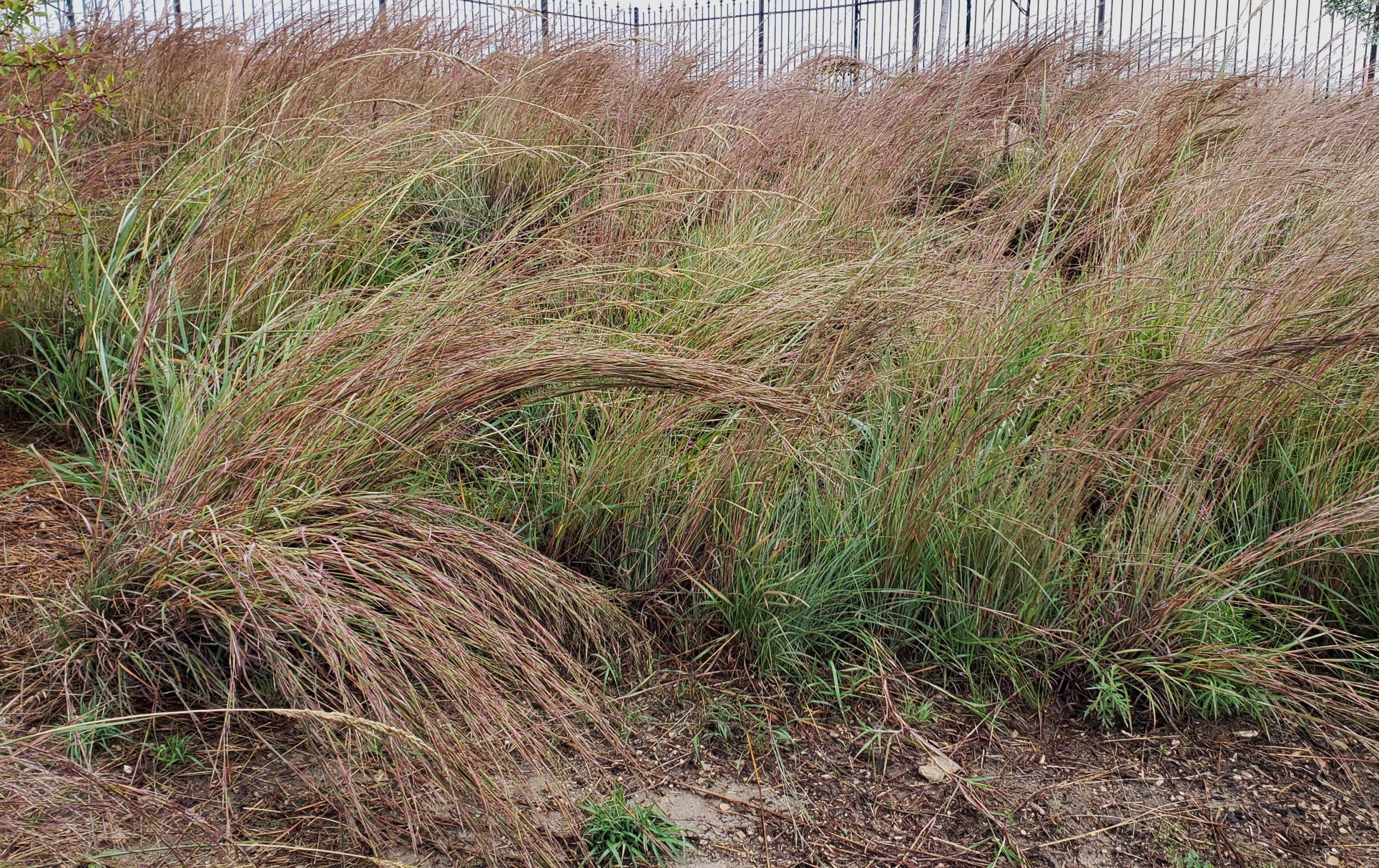Blue grama, also known as mosquito grass or Bouteloua gracilis, is a native grass from Missouri that thrives in warm seasons. It possesses a unique characteristic with seed spikes resembling mosquito larvae that dangle from only one side of its flowering stems.
This exquisite plant is an excellent choice for rock gardens, whether planted as a single specimen or in small clusters. It also works wonders in naturalized spaces, native plant gardens, unmowed meadows, prairie areas, and other informal parts of the landscape, especially when you require drought-tolerant species.
Now, let’s delve deeper into the captivating qualities of this plant.
General Information
You can find Bouteloua gracilis in meadows, plains, open rocky woods, and even along railroad lines across the western United States.
Its narrow bluish-gray leaf blades, which can grow up to ¼ inch wide, form a dense cluster that reaches a height and length of 12 to 15 inches. During the fall season, the leaves transform into a golden-brown hue with subtle hints of orange and red. In early to midsummer, purplish-tinged flowers bloom on arching stems above the foliage, often elevating the overall height of the clump to 20 feet.
One might mistake it for Hairy Grama Grass (B. hirsuta), as it bears a pointed tip that extends beyond the florets. Another closely related species, Buffalo grass (B. dactyloides), is shorter, growing to less than 6 inches tall and found in dry, short-grass plains.
Blue grama is frequently included in turfgrass blends with Buffalo grass.
This grass thrives in USDA Zones 3 to 10.
General Care
Blue grama flourishes in full sun and average to dry-medium well-drained soils. It adapts well to a wide range of soil conditions, excluding those that are poorly draining and damp. With its hardiness, this plant can be mowed to a height of 2 inches and utilized as turfgrass.
It exhibits remarkable tolerance to prolonged droughts; however, this can result in browning and dormancy until moisture is replenished.
Once established, this plant can withstand controlled fires, harsh cold, and even grazing. It also self-seeds quickly.
In late winter, before new shoots emerge, it is advisable to cut the plant down to the ground.
How to Incorporate It in Landscapes
Bouteloua gracilis works beautifully as an accent, groundcover, or mass planting. Its showy blossoms, fall foliage color, winter interest, and erosion protection make it an excellent addition. Occasionally, it can even be used as a substitute for traditional lawns, either on its own or in conjunction with Buchloe dactyloides (buffalo grass).
Companion Plants
Below, you’ll find a selection of plants that pair wonderfully with blue grama.
Asclepias verticillata
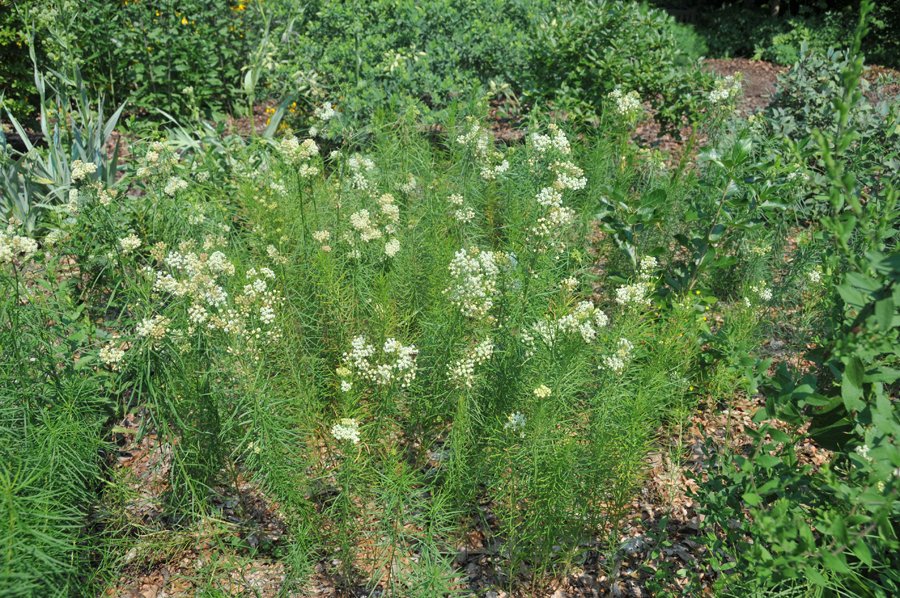
Whorled milkweed (Asclepias verticillata) is an upright perennial that reaches a height of 2.5 feet. Its stems are simple, often unbranched, and covered in long, thin, needle-like leaves measuring 2 to 3 inches long. These leaves have revolute edges and are arranged in whorls of 3 to 6 at each node along the stems.
Eryngium yuccifolium
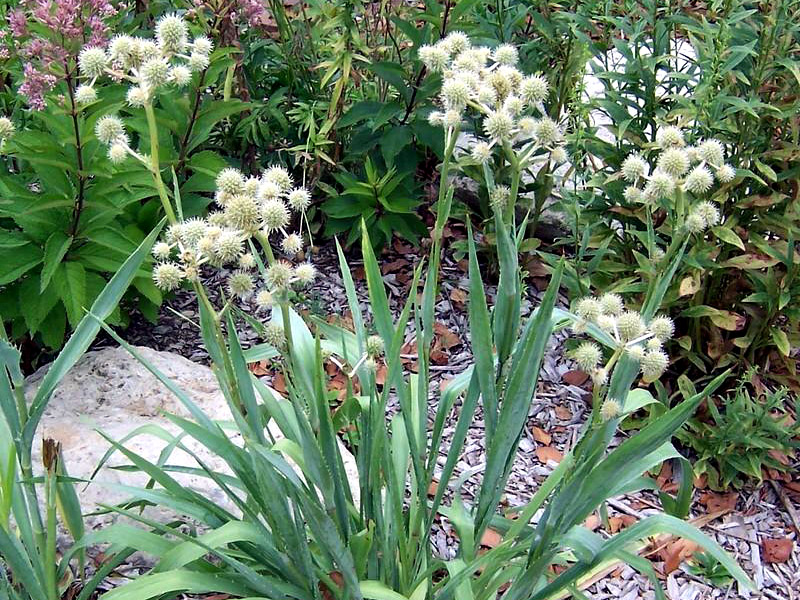
The uncommon wildflower Eryngium yuccifolium, commonly known as Rattlesnake Master, showcases bristly spherical flowers. Its spiky basal foliage bears a striking resemblance to the yucca plant. The silvery blue-green color of both the foliage and flowers is truly remarkable.
Whether used individually or in groups, this plant will stand out in any garden.
Monarda punctata
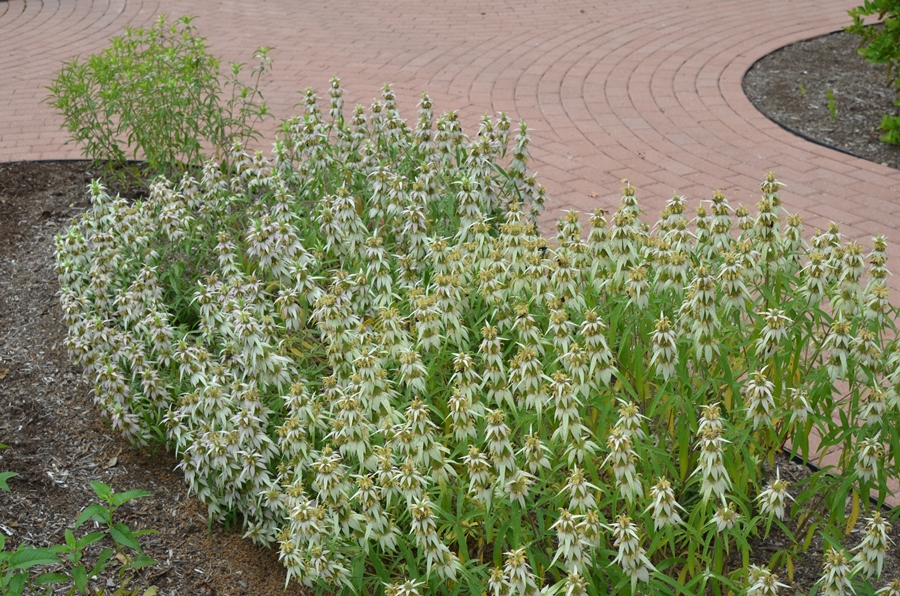
Spotted Bee Balm, scientifically known as Monarda punctata, is one of the most distinctive and ornate plants native to North America. With its late summer blooms, it adds a touch of uniqueness, curb appeal, and interest to any property, almost resembling something from another world.
Solidago rigida
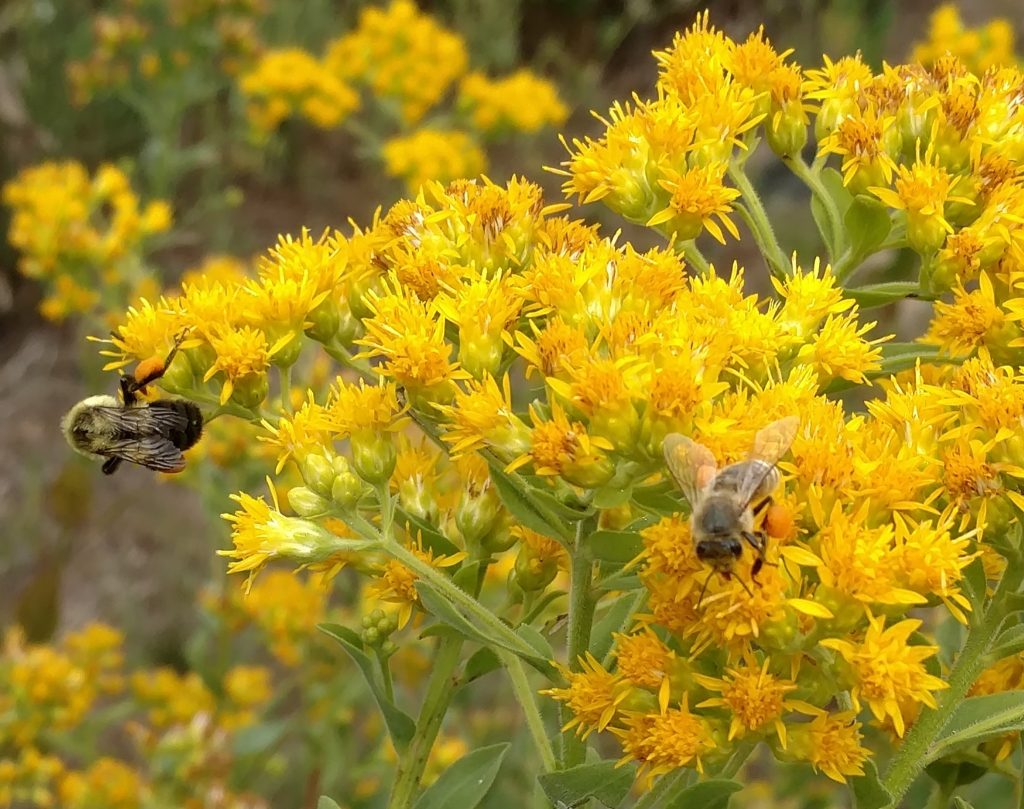
Stiff Goldenrod is a resilient plant that grows well in the harshest soils, ranging from clay to dry sand. It can tolerate a wide range of temperatures and serves as a beloved nectar source for monarch butterflies as they prepare for their autumn migration. Many insects rely on it for its nectar, while songbirds use its stems as perches. In the late season, its seeds become an essential food source for wildlife.
Schizachrium scoparium
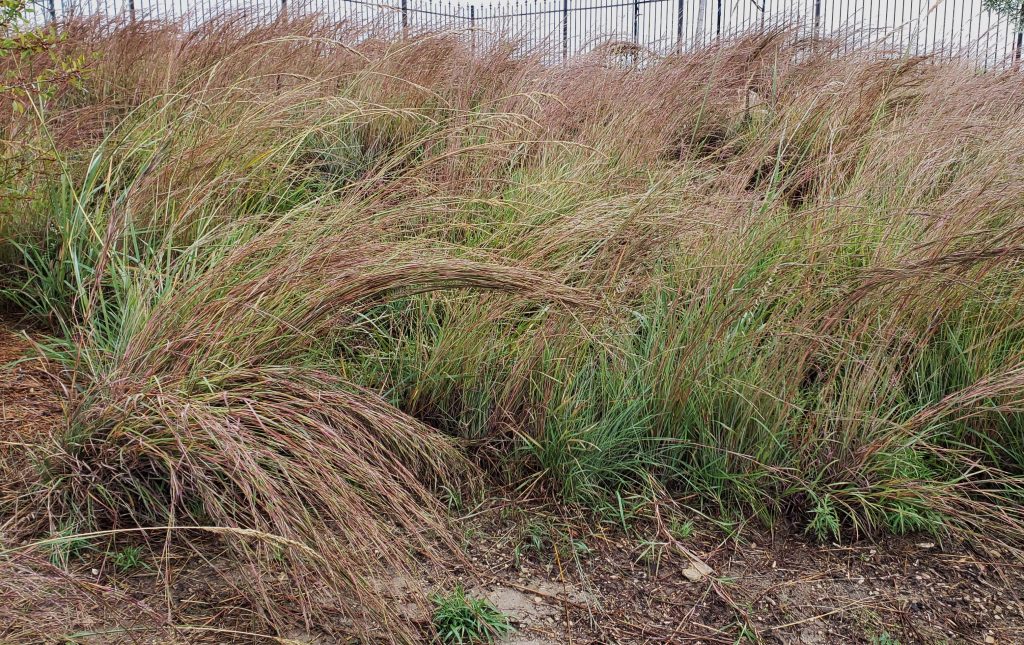
This striking blue prairie grass, also known as Little Bluestem, adds a touch of elegance to any garden. It is deer-resistant, cold-hardy, drought-tolerant, and easy to grow. Growing in clusters resembling brooms, it reaches a height of 2 to 4 feet, displaying slender, blue-tinted leaves. The plant’s distinctive feature lies in its pinkish stems. During the fall, the leaves turn a beautiful burgundy-red, making it the most appealing aspect of the plant. It can withstand the harsh conditions of Hardiness Zone 3.
